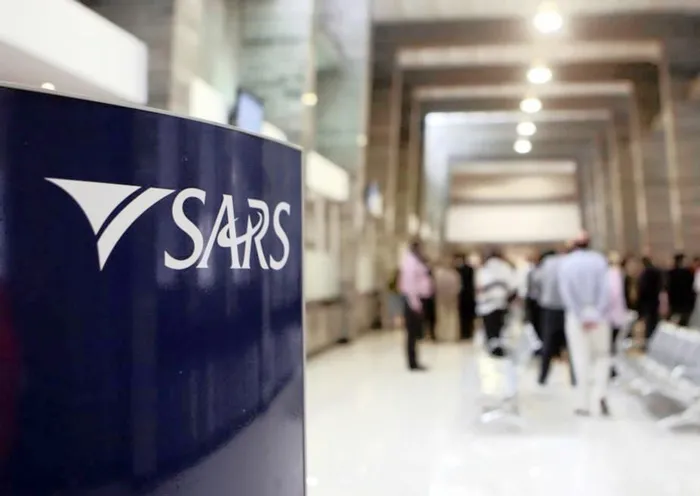Tax revenue collection has improved in the past five years

South Africa’s tax revenue collection has increased over the past five years, according to the South African Revenue Service. Photo: Ziphozonke Lushaba
Johannesburg - South Africa’s tax revenue collection has increased over the past five years, according to the South African Revenue Service (SARS).
In these five years, SARS collection has increased from R1 216.5 billion in 2017/18 to R1 563.8bn in 2021/22, representing a compound annual growth rate (CAGR) of 6.5%.
In a statement, National Treasury and SARS said this was significantly lower than the CAGR of 8.4% attained in the previous five-year period from 2012/13 to 2017/18.
“The economic recovery from the pandemic differs from previous negative shocks to the economy. After the 2008/09 global financial crisis, it was several years before tax revenue collections recovered to pre-crisis levels as a proportion of income and consumption.
“Due to the strong economic recovery from the pandemic, tax revenue increased by R314.1bn to R1 563.8bn for the year ending March 31, 2022,” read the statement.
According to the statement, the number of individuals expected to submit income tax returns was 7.1 million for the 2018 tax year.
“This count decreased to 6.8 million for 2020 and then to 6.4 million for 2021, due to the increase in the threshold for submission of returns over the past few years,” added the statement.
The document on PIT, geographic, demographic and other analyses of the assessments of the taxpayers who had been assessed as of the end of August 2022 for the 2021 tax year showed that: 2 177 191 (39.5%) of assessed taxpayers were registered in Gauteng; 726 663 of assessed taxpayers lived in the Joburg Metro and were taxed on an average taxable income of R446 739; 1 432 673 (26.0%) of assessed taxpayers were aged between 35 and 44 years; 2 859 926 (51.9%) of assessed taxpayers were male; 2 613 130 (47.4%) were female; and 35 469 (0.6%) taxpayers couldn’t be identified in terms of gender.
Assessed taxpayers had aggregate taxable income of R1.8 trillion and tax liabilities of R388.1bn. The average tax rate was 21.4%, compared with 22.3% the previous tax year, and income from salaries, wages and other remuneration as well as pension, overtime and annuities accounted for 77.2% of total taxable income.
Statistics in Chapter 3 regarding Company Income Tax (CIT) reveal that out of the 1 028 832 companies assessed as of August 2022 for tax year 2020, 21.4% declared a positive taxable income, while 53.2% had taxable income equal to zero, and the remaining 25.4% reported an assessed loss.
Chapter 4 indicates that in 2021/22, 80% of active value-added tax (VAT) vendors were companies and close corporations. They contributed 92.7% to domestic VAT payments and accounted for 91.9% of VAT refunds paid out. Although individuals (sole proprietors) comprised 14.8% of active VAT vendors, they only contributed 2.3% of domestic VAT payments and received just 1.2% of VAT refunds.
“As detailed in Chapter 5, import VAT and customs duties accounted for 13.1% and 3.7% of the year’s total tax revenue, respectively, resulting in a 16.8% aggregate, which was below the 17.2% average over the preceding five fiscal years.
“The combined share of these taxes to GDP increased to 4.2% from the preceding five-year average of 4%, with import VAT and customs duties contributing 3.3% and 0.9% for the year, respectively,” the joint document read.
For the 2020/21 fiscal year, the two said the largest contributors to customs duties were vehicles, aircraft and vessels (22.7%); textiles and clothing (17.3%); food, beverages and tobacco (14.8%), as well as machinery and electronics (13.3%).
The statement further said Mineral and Petroleum Resources Royalty (MPRR) payments by extractors grew quite substantially by R14.2bn (100%) to R28.5bn due to a significant improvement in commodity prices such as platinum, iron ore and coal.
“This growth was at an exponential growth rate when compared to the growth achieved in the 2016/17 financial year of R2.1bn (56.5%),” said the statement.
The Star